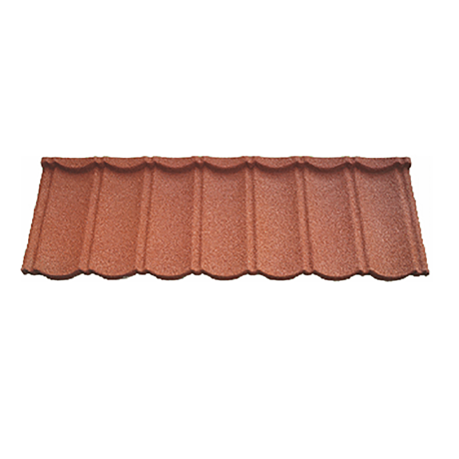
aug . 12, 2024 22:02 Back to list
Calculating the Number of Clay Tiles Needed for One Square Meter of Coverage
Understanding Clay Tiles Per Square Meter
Clay tiles have been an essential component in construction and home design for centuries. Their aesthetic appeal, durability, and natural insulation properties make them a popular choice for floors, walls, and roofing. As more homeowners and architects seek to incorporate sustainable and timeless materials into their designs, understanding the specifics of clay tiles—especially metrics like clay tiles per square meter—becomes increasingly essential.
Understanding Clay Tiles Per Square Meter
The size of clay tiles can vary significantly, from small mosaic tiles to large, format tiles that may measure 60 cm by 60 cm (or more). The standard tile size will significantly influence the number of tiles you need per square meter. For instance, a traditional-size tile, often 30 cm x 30 cm, will yield approximately 11 tiles per square meter, assuming standard rectangular layout without any cuts or gaps. In contrast, if you opt for a larger tile measuring 60 cm x 60 cm, you will only need about 2.78 tiles per square meter.
clay tiles per m2

The arrangement of tiles can also impact the total quantity required. Different patterns, like herringbone or basketweave, may necessitate additional cuts, thereby increasing the number required. It’s important to account for around 10% extra tiles in your calculations for wastage—this covers breakage, errors, or future repairs.
When purchasing clay tiles, it’s crucial to consider the material's properties. Clay tiles are fired at high temperatures, resulting in a product that is stronger and denser than most alternatives. This process not only enhances their durability but also their thermal mass, assisting in maintaining consistent indoor temperatures, thus providing energy efficiency benefits. The color and finish of clay tiles can also add significant character to a space, and naturally occurring variations enhance their beauty.
Sustainability is another factor to consider when dealing with clay tiles. They are an eco-friendly option, as they are made from natural materials and can be recycled. Advances in manufacturing processes have also made it easier to produce clay tiles with less environmental impact, encouraging a shift toward more sustainable building materials in the industry.
In conclusion, understanding the concept of clay tiles per square meter is essential for anyone engaged in a tiling project. From calculating the number of tiles based on their size to taking into account patterns, wastage, and the inherent benefits of clay material, every step influences the overall efficiency and aesthetics of the finished design. As clay tiles continue to gain popularity in modern architecture and home design, comprehensively grasping such metrics can lead to better planning, reduced costs, and more rewarding results in construction and renovation endeavors. Whether updating a room or embarking on a new build, clay tiles represent a blend of practicality and style that can elevate any space.
-
Premium Round Asphalt Shingles: Durable & Elegant Roofing
NewsAug.01,2025
-
Eco-Friendly Clay Tiles | AI-Enhanced Durability
NewsJul.31,2025
-
Durable Shingle Granules for Premium Roofs
NewsJul.31,2025
-
Stone Coated Metal Roof Tile-Roman Tile for Durable Roofing Solutions
NewsJul.30,2025
-
Stone Coated Metal Roof Tile-Wood Grain Tile for Durable Roofing
NewsJul.30,2025
-
Stone Coated Metal Roof Tile-Nosen Tile: Durable, Stylish Roofing Solution
NewsJul.29,2025







